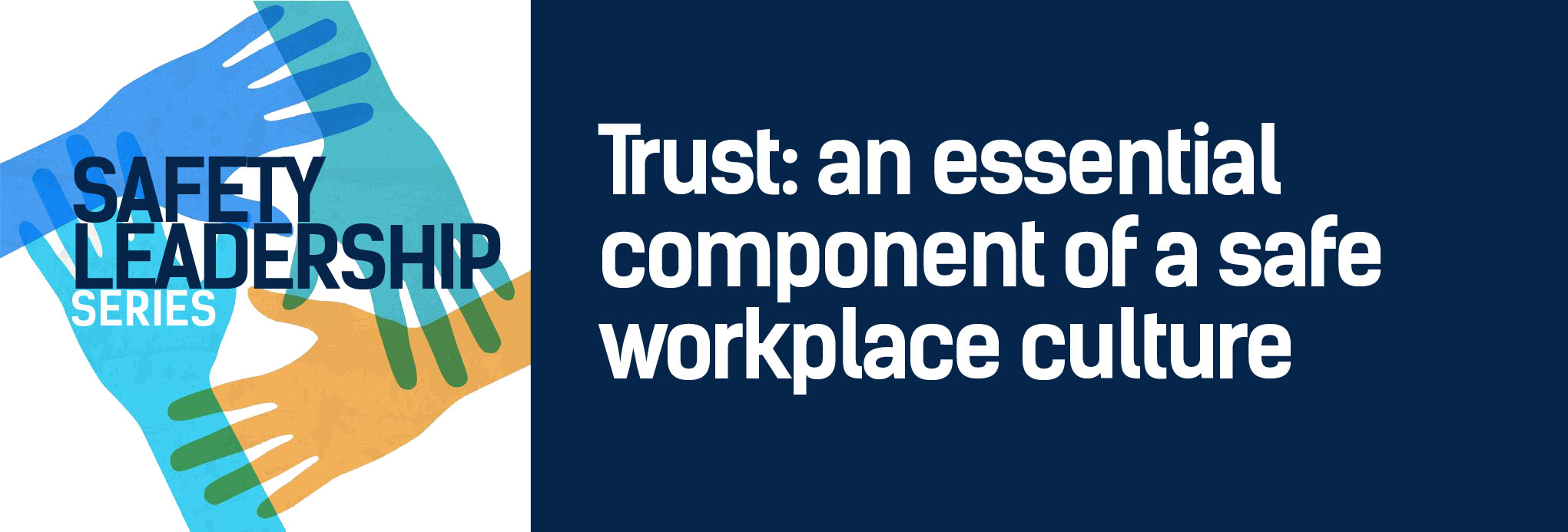


 WorkSafeNB’s Nancy Boutcher, assistant director of safety leadership, takes a moment to reflect on bridging the gap between health and safety compliance and a positive safety culture.
WorkSafeNB’s Nancy Boutcher, assistant director of safety leadership, takes a moment to reflect on bridging the gap between health and safety compliance and a positive safety culture.
In part one of our series on safety leadership, I talked about leadership’s role in creating a positive safety culture. Leaders within any organization must understand and leverage the influence they have in supporting a safe workplace that:
All these elements of a safe workplace have one thing in common: trust.
It’s a small word that carries so much weight within teams, relationships, and organizations. Think about someone you don’t trust. How willing are you to communicate with them? How much do you value their opinion or follow their lead? Likely, not very much. Now, think of someone you trust very much. It’s different, isn’t it? You want their opinion. You have no trouble working with and for them.
When we apply this concept to health and safety, trust is key. Safety concerns will be raised and feedback will be accepted only when trust-based relationships exist between leaders and their team members. Trust fosters a collaborative, caring relationship where people work together to prevent harm and promote health for everyone.
How is trust established?
Trust can be built or broken in the simplest ways. Leaders do small things, sometimes unknowingly, every day that builds or breaks down trust. I want to reflect on two important factors that make trust happen – credibility and reliability.
Credibility – know what you are talking about and what you don’t know
When we think of someone being credible we usually think of someone who knows what they are talking about. You can believe them. Credible safety leaders know what they are talking about. Just as importantly, credible safety leaders know when they don’t know what they are talking about. And they ask the right people. In the case of health and safety, the right people are usually the team members doing the work. They know the risks and hazards that they face every day. They also know solutions. A credible safety leader is comfortable enough with not knowing all the safety solutions and can ask those who do.
Reliability – it’s all about follow-through
Does a person do what they say they are going to do? When a safety concern is raised, does a leader follow through in addressing it? This also involves the important circling back to the team to let them know what has or is being done or perhaps why an alternative action is being considered.
If trust is lacking, using the context of health and safety can help build it. Simply asking your team members for input on and following through and following up on any actions can help get you there. Our team members don’t see our intentions, only our actions. It’s our actions that build trust in any relationship.